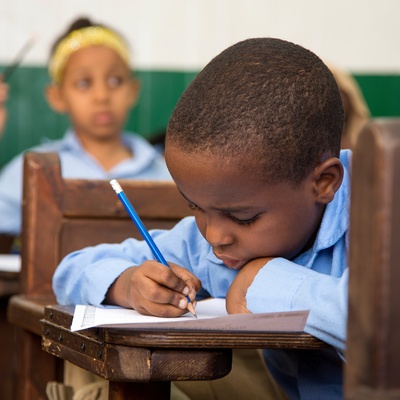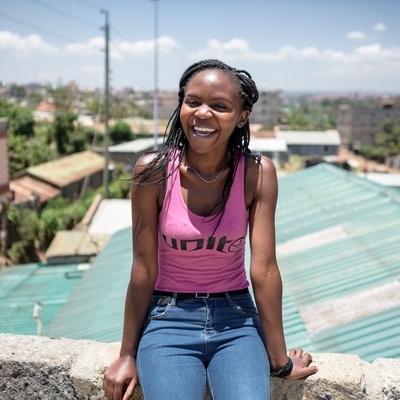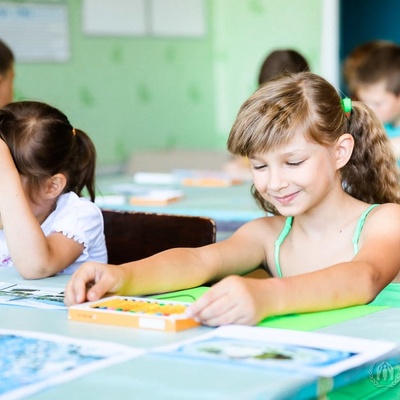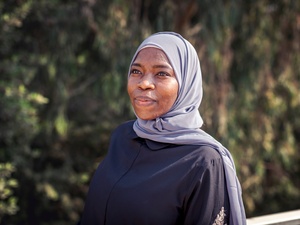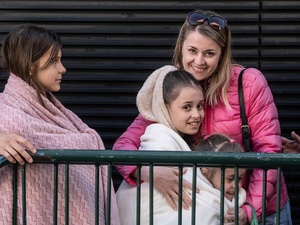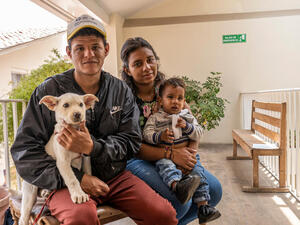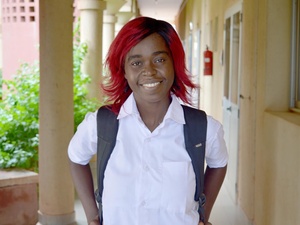Education
Education
Education offers a stable and safe environment for displaced children, helps people to rebuild their communities, and pursue productive, meaningful lives.

Zaninka, Frank, Tuyishime and Dieu Merci (from left to right) are Senior 6 students at College Amahoro (upper secondary school), in Kiziba refugee camp, Rwanda. Tuyishime and Frank study Literature, French and Kinyarwanda while Zaninka and Dieu Merci study Maths, Economics and Geography.
Of the 31 million refugees under UNHCR’s mandate, approximately 12.4 million are refugee children of school age. Their access to education is limited, with almost half of them unable to attend school at all.
At pre-primary level, the average gross enrolment rate for the academic year 2023 to 2024 for reporting countries was 42 per cent.
For primary level, the corresponding rate for reporting countries was 67 per cent. For secondary level, it was 37 per cent, illustrating that significant structural barriers remain for refugee learners to access post-primary education. Per reporting in 2018, at least 35 per cent of refugee children were not attending primary school and at least 75 per cent of adolescents were not attending secondary school. Five years after the launch of Education 2030: A Strategy for Refugee Education, there are signs of progress. Furthermore, continual improvements in data collection and reporting help to provide the most detailed picture yet of the state of refugee education and enrolment.
At tertiary level, the enrolment rate for the academic year 2023 to 2024 was at 9 per cent. This marks an increase of 6 percentage points since 2019. While this is a transformational change for thousands of young people and their communities, further coordinated, committed and sustained engagement of partners is critical to achieve the goal of 15 per cent by 2030.
The New York Declaration for Refugees and Migrants pinpoints education as a critical element of the international refugee response. Furthermore, Sustainable Development Goal 4 aims to deliver “inclusive and quality education for all and to promote lifelong learning”. UNHCR partners with governments and international organizations to ensure quality protective education for refugee children and young people everywhere.
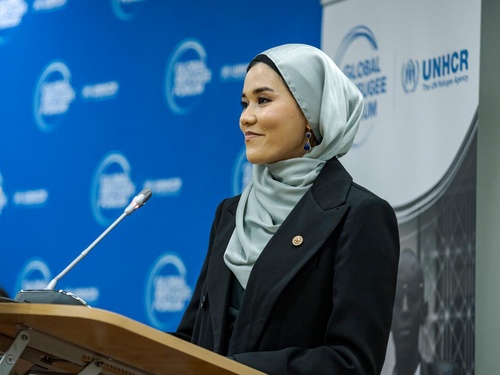
Global Refugee Forum (GRF) is the world’s largest international gathering on forced displacement. The second GRF, held in 2023, brought together stakeholders committed to addressing refugees' varied needs. Education was a key focus of GRF 2023 – with 248 contributions made under the priority areas:
- securing sustainable futures
- achieving 15 per cent enrolment of refugees in higher education in 2030
- expanding connected education for refugees.
Together with your help, they can learn how to rebuild their lives.
Education is a basic human right, enshrined in the 1989 Convention on the Rights of the Child and the 1951 Refugee Convention.
Education protects refugee children and youth from forced recruitment into armed groups, child labour, sexual exploitation and child marriage. Education also strengthens community resilience.
Education empowers by giving refugees the knowledge and skills to live productive, fulfilling and independent lives.
Education enlightens refugees, enabling them to learn about themselves and the world around them while striving to rebuild their lives and communities.
Text and media 32
Primary and youth education
The skills learned at primary and secondary levels form the basis of lifelong learning. These enable refugee children and youth to continually build their knowledge and competencies in order to survive and thrive in their personal lives.
Text and media 33
Higher education and skills
UNHCR and its partners are committed to achieving the enrolment of 15% of young refugee women and men in higher education by the year 2030 through initiatives such as the DAFI programme, scholarships, and Connected Learning.
Text and media 34
Teaching about refugees
This page contains a collection of professional resources and teaching materials on refugees, asylum and migration for primary and secondary education, as well as some guidance for teachers working with refugee children in the classroom.
Reports and publications



Further resources
Text and media 30
Education briefs
Our education briefs serve field operations and partners as a quick reference note on key thematic education issues.


